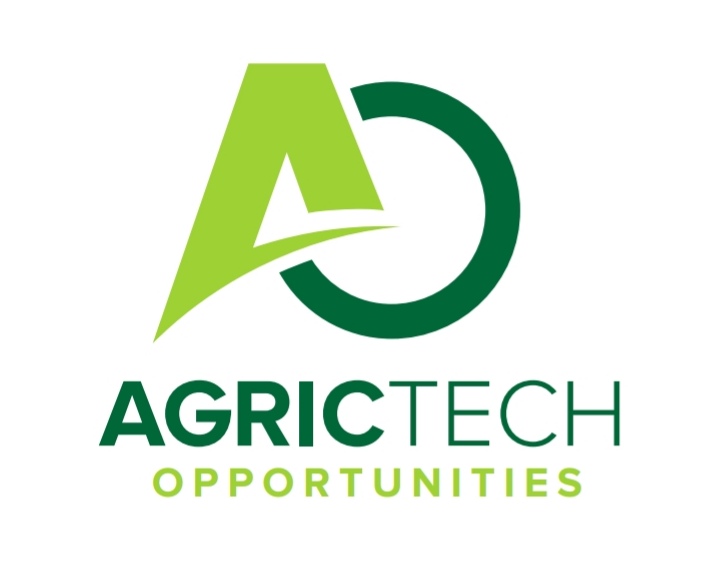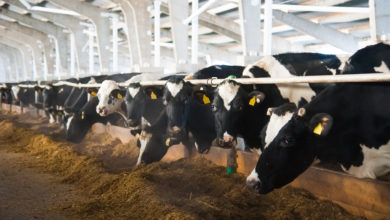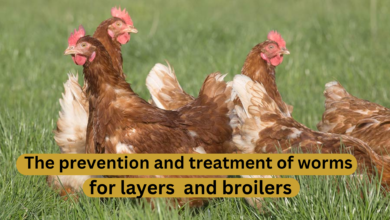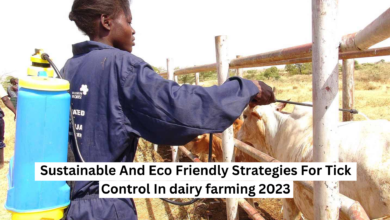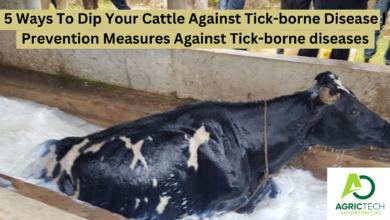How To Control And Manage The Top 5 Most Prevalent Diseases In Dairy Production 2023
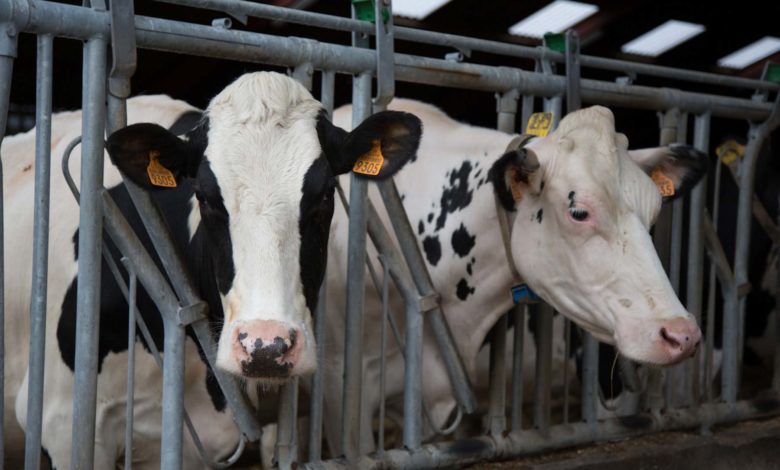
Host
Animal Health
Target Audience
Dairy Farmers
Introduction
Most farmers globally are facing huge losses due to fertility problems in dairy cows and in this article, we have explained in detail on how to manage and control top 5 dairy cows diesease.
Calving paralysis, also known as hypocalcemia or milk fever, is a condition that occurs in dairy cows shortly after calving. The cow has nerve and muscle damage from the trauma of calving. It happens after the calf is pulled. The reason for pulling is that calf is not presented properly, the large calf, or calving taking too long a time. It is characterized by low blood calcium levels, leading to muscle weakness and difficulty standing. To control and manage calving paralysis, it is important to provide proper nutrition to the cow during the transition period.
ALSO READ: 6 Approved Common Pig Diseases For | Piglets, Boars And Sows| And Management Strategies
This includes a balanced diet with adequate calcium levels. Preventive measures include feeding a low-calcium diet during the dry period and gradually increasing calcium intake post-calving. Usually straightens up on its own eventually. The vet can use splints to straighten the legs. Not many serious cases. In severe cases, veterinary intervention may be required to administer calcium supplements.
Retained Placenta:
•Cow has fetal membranes still attached to uterus-partly outside the cow
•Happens at least 12 hrs after calving
•Happens due to dystocia, Milk Fever and Twins
Retained placenta refers to the failure of the placenta to be expelled within 24 hours after calving. It can lead to uterine infections and other complications. To control and manage retained placenta, it is crucial to provide proper postpartum care to the cow.
ALSO READ: The Quickest & Easiest Way To The Prevention And Treatment Of Worms For Layers And Broilers 2023
This includes ensuring a clean and hygienic calving environment, proper nutrition, and regular monitoring. Avoid dystocia, prevent milk fever and well balanced dry cow rations. If the placenta is not expelled within the expected timeframe, veterinary assistance may be necessary to manually remove it.
Metritis:
Metritis is an inflammation of the uterus that commonly occurs after calving. It is often caused by bacterial infections. To control and manage metritis, maintaining good hygiene during calving and postpartum is essential.
Milk Fever also called hypocalcemia and results from low calcium in the blood. Usually observed within 2 days after calving and can occur before calving. It occurs usually in cows in 3rd lactation or greater because the rapid synthesis of milk into the udder drains calcium from blood.
Prompt treatment with antibiotics, as prescribed by a veterinarian, is necessary to control the infection. Proper nutrition and management practices, such as maintaining a clean environment and providing adequate rest, can also help prevent metritis.
Mastitis:
Mastitis is an inflammation of the udder, usually caused by bacterial infection. It can result in reduced milk production and quality. To control and manage mastitis, implementing proper milking hygiene practices is crucial.
This includes regular cleaning and sanitizing of milking equipment, proper teat preparation, and post-milking teat dipping. Prompt identification and treatment of infected cows, along with regular monitoring and culling of chronic cases, can help control mastitis. Vaccination and maintaining a clean and comfortable environment can also aid in prevention.
ALSO READ: Approved Factors Influencing Fertility In Dairy Cattle 2023
Pneumonia:
Pneumonia is a respiratory disease that can affect dairy cattle, particularly calves. It is often caused by viral or bacterial infections. To control and manage pneumonia, proper ventilation and housing conditions are important to minimize exposure to pathogens. Vaccination against common respiratory pathogens can also be beneficial.
Prompt diagnosis and treatment, including the use of appropriate antibiotics as prescribed by a veterinarian, are necessary to control the infection. Good nutrition and stress reduction measures can also help prevent pneumonia in dairy cattle.
It is important to note that consulting with a veterinarian is crucial for accurate diagnosis, treatment, and prevention strategies for these conditions in dairy cattle.
ALSO READ: Understanding Fish Reproduction And Spawing Process 2023
For more updates On Agric Tech Opportunities kindly join the social groups below:
| Join Our Whatsapp Group| Follow us on Linkedin | Also, Follow us on Twitter. |
God bless and All the best !!
